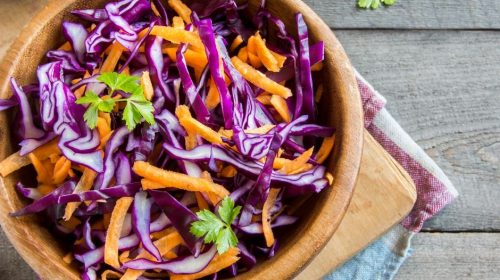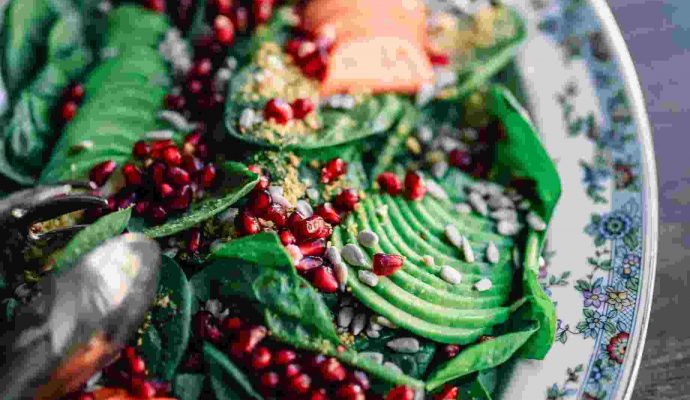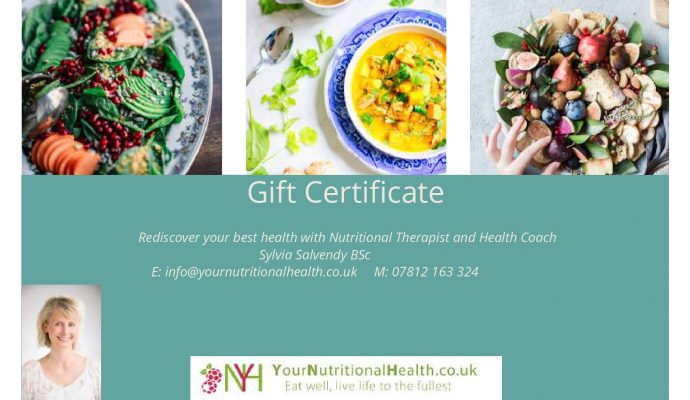How many times have you found yourself in this situation: you really want to lose weight, you’re making an effort, and you know you should avoid sugar? But, as soon as you walk by the sugar aisles in the supermarket, or it’s dessert time when you’re out for dinner with friends, you just can’t say no to the dessert.
Or, you know you should avoid unhealthy fats, but you’ve just finished work, you’re so tired and just need a little pick-me-up until you prepare dinner and grab a packet of crisps on your way home to tide you over till dinner. Or, you tell yourself at night that you’ll go to bed earlier and wake up earlier so you can exercise first thing. Instead, you just can’t stop watching the latest Netflix blockbuster. And when you wake up you’re so tired you stay in bed for longer instead.
And then of course you feel terrible and beat yourself up for not having more willpower and discipline, and you vow to do better next time- except you do the same thing next time.
Why do we continue unhealthy eating and lifestyle behaviours, despite knowing better?
Why do we continue to eat unhealthy food and follow an unhealthy lifestyle even though we know they sabotage our weight loss? Sometimes there’s an emotion related to the specific moment i.e. we’re tired or sad. But often we don’t actually have a reason. And these fleeting emotions are not the real driver of our consistent self-sabotaging eating behaviour.
It’s not because we have no discipline or no willpower. It’s the way we’ve been programmed to behave. And that starts in our mother’s womb.
Knowledge doesn’t control our behaviour
Just because we know something is good for us, it doesn’t mean we are actually going to do it. Why? Because our knowledge doesn’t control our behaviour! That’s why we so often read a self-help book on weight loss but just can’t seem to translate the ideas into long-term change. It’s the ideas we have programmed deep in our subconscious mind that control our behaviour. These ideas form a set of habits. And our habits cause us to behave habitually and automatically- without conscious thought.
And amazingly, 95% of our behaviour is driven by the subconscious mind. Really think about that. It means that we are not consciously aware of most of the decisions we make and the actions we take about the food we eat, and our sleep, exercise and stress management habits.
We’ve been programmed to behave this way without conscious thought- the ideas fixed in our subconscious mind create our habitual behaviour. So our weight tells us something about how we have been programmed and think at a deep level.
This is why sometimes we eat food we don’t even want to eat, don’t exercise, don’t get enough sleep, or don’t make time to de-stress. Even if we know we should. And then we get results we don’t want. But we continue these behaviours anyway.
We need habits because they are automatic behaviours that allow us to do a lot more than if we had to consciously think about every single thing we do. Some of our habits are good and produce the results we want, but others that don’t serve us and that we need to replace.
What about just changing our behaviour to lose weight
So we’ve seen how our unconscious mental habits keep us stuck in unhealthy eating and lifestyle patterns and stop us from losing weight. Our limiting habits remain in the unconscious until we shed awareness on them and replace them with more positive ones. It’s like being stuck on a hamster wheel.
We often try to lose weight just by changing our eating and lifestyle behaviour. Like deciding that instead of eating chocolate you’re going to go for a walk. This often results in only temporary improvement because we haven’t gone to the primary cause-the ideas in our subconscious mind that drive our behaviour. Thus, often the improved behaviour itself (going for a walk) is causing the results. And because it hasn’t really been integrated into a positive habitual behaviour at a deeper level it can’t be sustained. So you go back to eating chocolate instead of going for a walk, especially if it’s raining or cold outside.
Just eliminating a negative eating or lifestyle habit without deliberately replacing it with a positive one often results in just another negative habit replacing it. For example, you stop eating ice cream but replace it with crisps which are full of unhealthy fats and empty calories. Or you binge on Netflix instead of eating chocolate, and then don’t get enough sleep, creating hormonal imbalances that increase your appetite.
Willpower only gets us so far, it can’t sustain long-term dietary and lifestyle changes (not to mention how unpleasant it is to have to rely on iron willpower to keep us on track).
Creating lasting positive habits that help us lose weight
To experience permanent change to our eating and lifestyle behaviour we have to change the underlying ideas buried in our subconscious mind that are driving our health habits and weight loss results.
When ideas go into the subconscious mind repeatedly, they become fixed and drive our behaviour. So we repeatedly replace our negative health ideas and habits with positive ones, and the positive ones gradually become fixed in our subconscious mind. And as the positive ones become stronger, the negative ones driving our unwanted health behaviour become weaker. And we start to see the weight loss results we really want.
And it becomes that much easier to lose weight because our ideas, habits and subconscious mind are aligned with our weight loss goals, instead of sabotaging them.
Curious to know more?
Maybe you need support with developing a realistic, sustainable healthy diet as well as balancing hormones, and addressing uncomfortable digestive issues.
Or you feel you have a good nutritional foundation but you’ve plateaued in your weight loss journey and just can’t seem to lose any more pounds.
Making sure your mind is supporting you and is aligned with your health goals at a deep level is an invaluable tool to help you lose weight- or reach any health goal for that matter.
If you’d like to get in touch, I’d love to hear from you! We can book a 30-minute complimentary call and discuss where you’re at, where you’d like to be and how I can help.
I first published this article here: https://www.nutritionist-resource.org.uk/memberarticles/why-cant-i-lose-weight-the-important-missing-mind-factor?_gl=1*18qpknl*_ga*MjUxMDcyMDEuMTY3NzQ5Njc1Mg..*_ga_CW7HNJXDW4*MTY3OTEzNjE5Ny4xMi4xLjE2NzkxMzYzOTkuNTYuMC4w



 What makes spring and summer so beautiful for many people leads to misery for those who suffer from seasonal allergy symptoms. Freshly cut grass, blooming trees and flowers, and weeds release pollen, which can make life unbearable as you battle a runny nose, blocked nose, watery eyes, itchy eyes and uncontrollable sneezing attacks.
What makes spring and summer so beautiful for many people leads to misery for those who suffer from seasonal allergy symptoms. Freshly cut grass, blooming trees and flowers, and weeds release pollen, which can make life unbearable as you battle a runny nose, blocked nose, watery eyes, itchy eyes and uncontrollable sneezing attacks.




